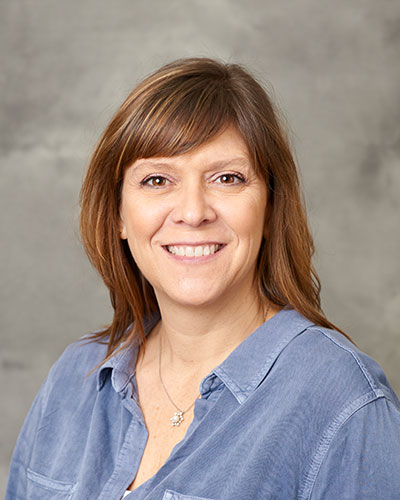Five Tips to Lessen the Symptoms of Seasonal Affective Disorder

The dark and gloomy winter days affect us all differently, and it can sometimes bring on feelings of depression. The phenomenon is known as Seasonal Affective Disorder (SAD), and though some in sunnier states might shrug it off, we in the Pacific Northwest know it all too well.
To better learn what steps we can take to combat SAD, we spoke with Rene Czerwinski, a licensed mental health counselor at Pacific Medical Center in Totem Lake.
Q: How many people does Seasonal Affective Disorder impact in the Northwest?
A: While I don’t have the exact data for the Northwest, research shows as many as 10 percent of people in the U.S. suffer from Seasonal Affective Disorder (SAD). It is up to four times more common in women than men, and the common age of onset is between 18 and 30. SAD is affected by the amount of light to which we are exposed, so those in colder northern climates may be at a higher risk.
Q. When do symptoms of Seasonal Affective Disorder typically start and end?
A: Symptoms can be different for everyone. If you notice during the “fall back” daylight saving time change it is taking you longer to adjust to a new schedule, especially with your sleep, this may be a sign of SAD. Typically, it should not take longer than two weeks to adjust. Symptoms can start to lessen in severity as the sun comes out more and the days get longer, usually in the Northwest this would be late Spring. The grayer the days are, the longer some symptoms can last.
Q. Is it something people should ask their doctor about?
A: Yes, absolutely. Talk to your care provider and share what symptoms you are experiencing. If you are prone to depression or have a family history of depression, you may be more susceptible to SAD. If you are on anti-depressants, share your symptoms regularly and your primary care provider or psychiatrist can make adjustments if needed.
Q. What are five ways to help yourself cope with Seasonal Affective Disorder?
A: Sleep is a very important way to lessen symptoms. This means keeping on your normal sleep schedule, even as it gets darker earlier and our mind sometimes tells us it’s later than it actually is. Good sleep hygiene includes getting up at the same time every day, following a bedtime routine to program your body to sleep, keeping the temperature in your room at 68 degrees, and keeping your room dark at night. I also recommend avoiding TV, computer and phone use for at least 30 minutes before bed.
Light therapy has shown promise in many studies. There are a variety of “happy lights” that are purchasable at various price points to help combat the darker days. Some also used alarm clocks that slowly lighten up the room (mimicking the rising sun) as it gets closer to the time the alarm will go off, helping provide a natural waking. Another option for those not interested in light therapy, is getting outside for 5 to 10 minutes when the sun is out, even if it’s cold outside. Whether you take a quick, brisk walk around the outside of the office building or go for a walk at lunchtime, the natural rays can help.
Exercise is helpful for all types of depression, as it increases the production of endorphins in the body, which are neurotransmitters that make you feel good. Try to get 30 minutes of exercise three to five days per week. This can be light exercise, such as walking, or more vigorous activities like running.
Vitamins have been proven in some studies to help with SAD. Vitamin D and B help bridge the gap to making one feel better, helping to increase energy and promote happier moods. However, consult with your care provider before taking any new vitamins.
Lastly, aromatherapy and essential oils also can help. It is scientifically proven that certain scents affect our brains and bodies in different ways. Lavender is often associated with sleep and calmness. Eucalyptus, grapefruit, cinnamon, peppermint, and cedarwood have qualities to increase energy and wakefulness. Aromatherapy diffusers can be used in an office, home, and even cars. If using essential oils, consult with professionals and your care provider, as some individuals can experience allergies.



